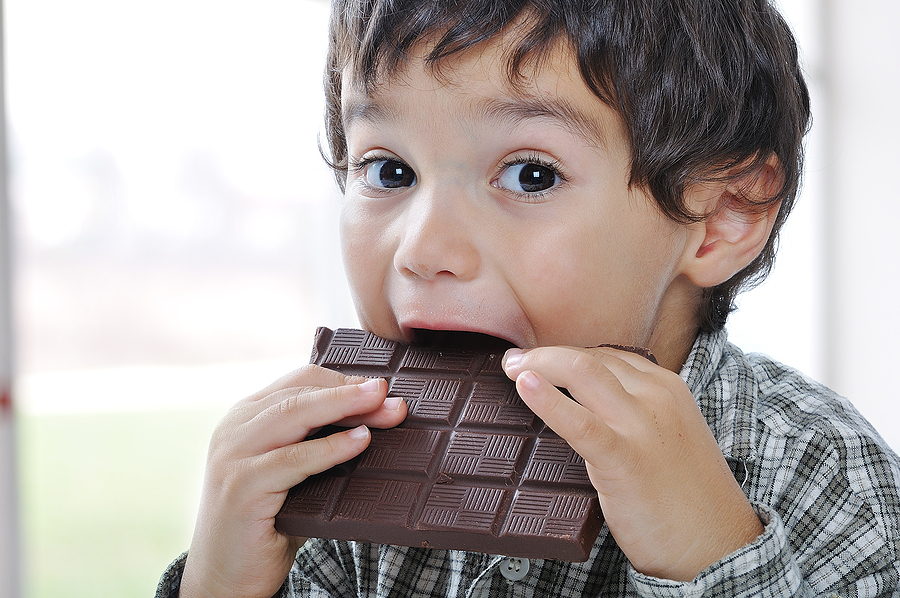We’ve all heard the warning: “Too much sugar is going to give you cavities!” But what is it about sugar that is so detrimental for our teeth?
As it turns out, sugar itself is not the culprit behind our toothache woes. Instead, it is the bacteria that lives within our mouths that, just like many of us, have a sugar addiction.
Sugar’s Role in Cavities
On their own, the bacteria in our mouth are relatively harmless & bits of their produced acids can even be beneficial in helping break down food before digestion. However, these bacterial acids go from helpful to harmful once sugar comes into play.
Whenever we consume sugary food or drink, remnants of it are oftentimes left coating our teeth. Excess amounts of this sugar in our mouths create a breeding ground for bacteria to grow, allowing them to produce plaque more quickly & easily. Because plaque is a biofilm that is resistant to our saliva & brushing, the bacteria can then safely produce large quantities of acid that eat away at our teeth’s protective enamel. If gone untreated, the bacteria will continue to make their way past the enamel & into the deeper layers, causing painful toothaches & eventually, tooth loss.
The more sugar we consume, the more fuel we provide for the bacteria to continue growing & producing dangerous acids that will lead to increasingly more cavities.
Ways to Protect Your Teeth
So how can we prevent this from happening?
The obvious answer seems to be to just cut our sugar intake. While this is true, it is noteworthy that sugar is not only found in sweet desserts, candy & fizzy drinks. Bacteria love to feast on sugars of all kinds– including the ones in fruit, sauces & juice. Even carbohydrates like bread & pasta are not safe because they can be broken down into simpler sugars.
Avoiding sugar completely is impractical, so instead, we must reduce both quantity & frequency of intake. The problem is not that we consume sugar but rather that the sugar sticks around on our teeth long enough for the bacteria to feed.
As a result, brushing your teeth & flossing regularly are the best preventative measures for removing both the bacteria living on your teeth & the lingering bits of sugar. When you brush, make sure that your toothpaste has fluoride because that contains minerals that strengthen your enamel, rebuilding any destruction that the bacterial acids may have caused.
It would also be wise to be extra cautious with certain sticky foods & drinks that tend to linger longer than others (e.g. chocolate, marshmallows). Other methods include drinking water with your meals & chewing sugar-free gum to pick up remnant particles.
Finally, on top of all of these preventative measures in your daily routine, it is also important to make sure you schedule in regular cleanings with your dentist because cavities are not usually noticeable in the early stages. Your teeth will not feel the painful effects of cavities until the bacteria have already permeated multiple layers of the tooth & by then, it may be too late.
If you have further questions about the effects of sugar on your teeth, don’t hesitate to reach out to your local dentist.
Sources
https://mentonfamilydental.com/why-sugar-is-bad-for-your-teeth/
https://www.listerine.com/fresh-breath/good-vs-bad-oral-microbiome-bacteria

